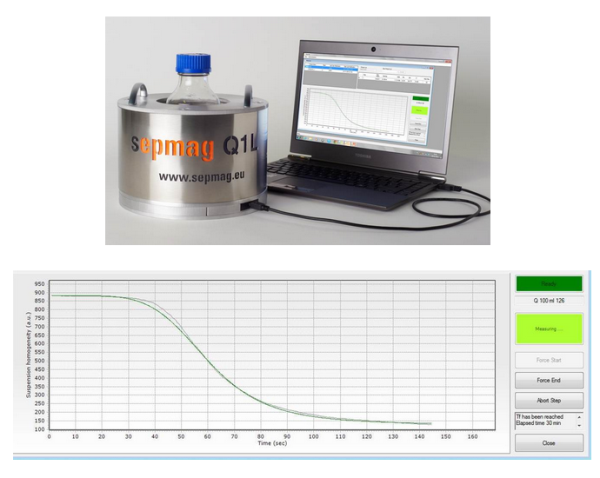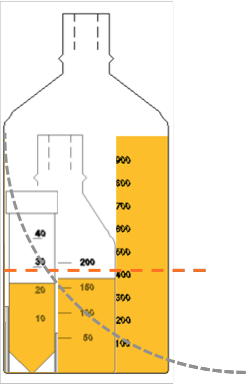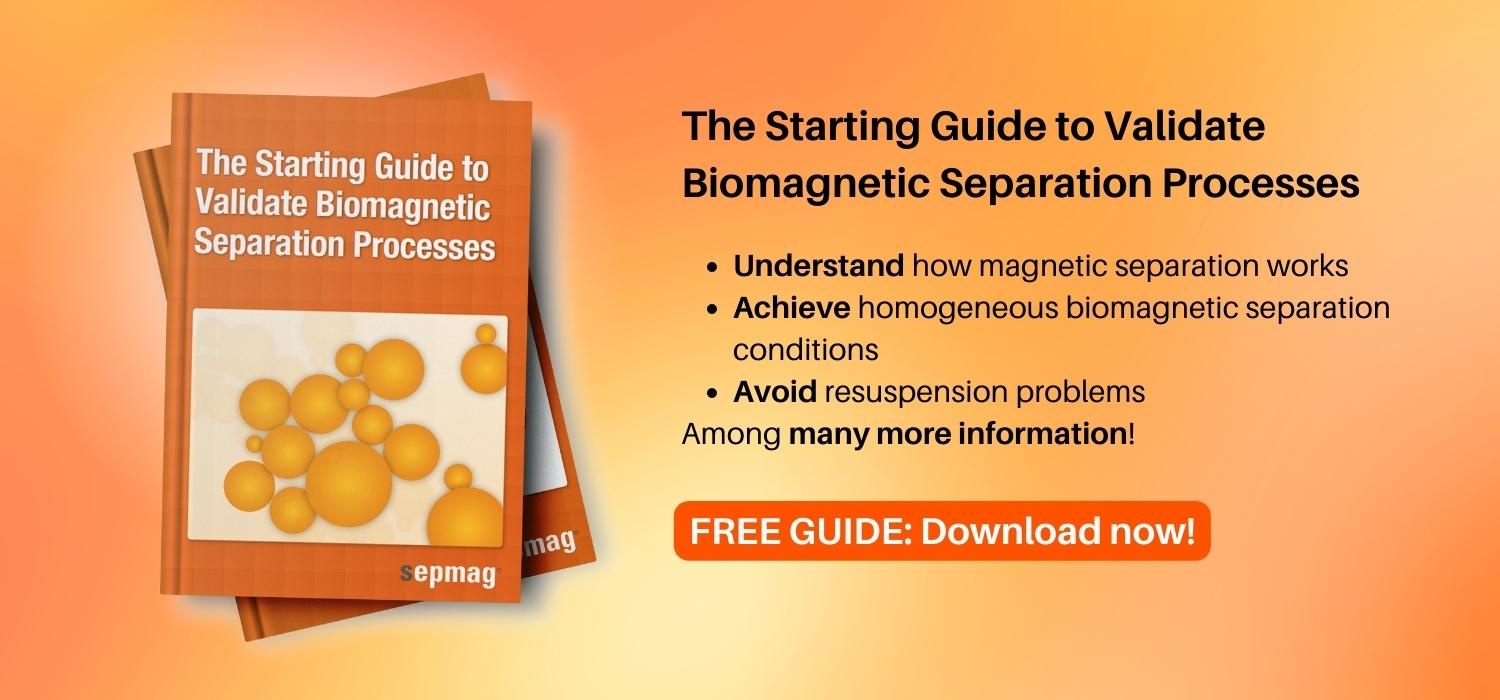Biomagnetic separation used to take place in academic labs, but recently it has become a very industrial application. As processes are scaled up and volumes increase, the investment required for each batch is larger, but the expected economic return is also larger.

This post is about magnetic bead separation and how to validate this process. If you are interested in this topic, and are willing to learn more about it, download our Free Guide The Starting Guide to Validate Biomagnetic Separation Processes:
Why must we monitor magnetic bead separation?
When a company uses biomagnetic separation, they usually only require that a technician signs off on the conformity of the process. No other records are typically produced for that process, so if something is wrong with the product, the production manager cannot backtrack using the production records and deduce the problem with the magnetic separation. This is not the optimal way to ensure consistency between lots.
When using homogenous biomagnetic separation technology, as Sepmag uses, all of the beads move at the same speed and so one can make optical measurements of each single batch over time and compare results between lots of the same product. Changes in the characteristics of the suspension will change the data gathered from the optical sensor (i.e. will detect changes in the behavior of the bead movement during production).
In the beginning, a standard curve can be validated and compared against the behavior of each lot. Objective parameters can be measured (such as the t50). If anything causes a deviation from the standard curve, it can be an early warning of quality problems in the batch. Some causes of deviation from the standard curve include:
- Magnetic bead property variations (i.e. size and magnetic content) which can change the speed of separation.
- Magnetic bead concentration variations which also can change the speed of separation.
- Suspension viscosity variations which will alter magnetic force.
Optical recorders, such as Sepmag’s QCR system, will allow companies to not only be warned that there is a problem sooner, but will also be able to identify and rectify the specific problem with production.
 If you found this article interesting and want to get a deeper insight in the topic of magnetic bead separation, make sure to check these articles from our blog:
If you found this article interesting and want to get a deeper insight in the topic of magnetic bead separation, make sure to check these articles from our blog:
- Settling on the Correct Biomagnetic Separation Conditions
- Biomagnetic Separation: Ensuring Complete Consistency From Lot to Lot
- Fully Controlling Your Biomagnetic Separation Process




